A Museum for Yayoi Kusama, the Princess of Polka-dots
The artist, whose pieces are exhibited worldwide, now has a space dedicated exclusively to her work in the heart of the Japanese capital.
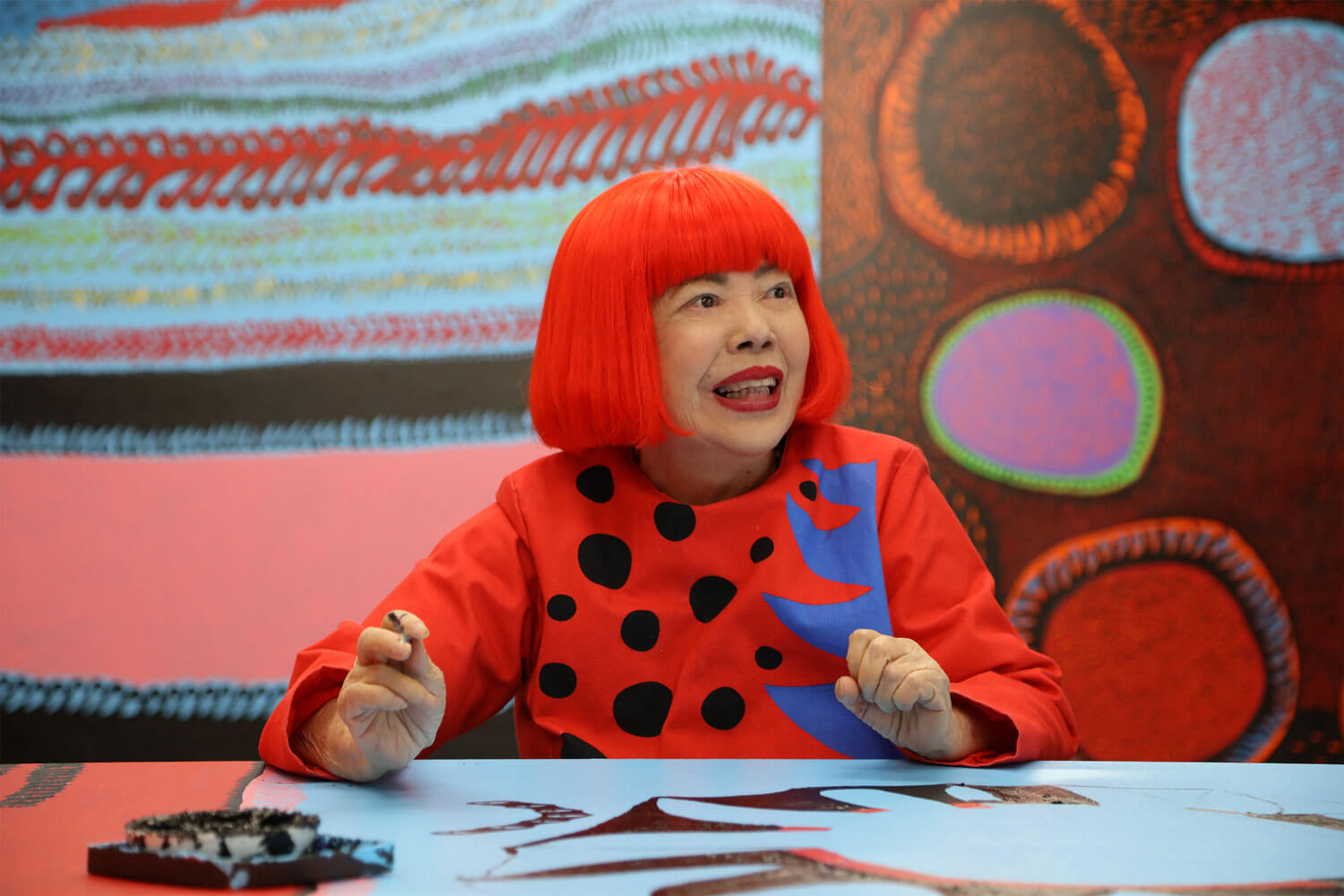
© YAYOI KUSAMA
Located in the residential district of Bentencho in Tokyo, the private Yayoi Kusama Museum stands out from its surroundings. Designed by architect Kume Sekkei, this imposing building constructed in autumn 2017 is completely white and pierced with large bay windows, the light from which illuminates the building’s surroundings when night falls. What else would one expect from the den of an artist who has always swum against the tide of convention?
Sculptures, paintings, and installations
Yayoi Kusama is an internationally renowned artist. A voluntary resident of a psychiatric hospital in Tokyo, she set up a studio opposite this building and has been using it since the 1970s to create her colourful, instantly recognisable works. She fills the studio with dots in an almost obsessive way, which has earned her the nickname of ‘the princess of polka-dots.’
Sculptures, paintings, and installations fill the five floors of the museum, and there is a reading space where visitors can look at the artist’s collection of exhibition catalogues.
But be warned: the Yayoi Kusama Museum is like an impenetrable tower. Due to its limited capacity, tickets must be purchased in advance from the museum’s website. They go on sale at 10 a.m. (Japan time) on the first day of each month for entry the following month. Avant-garde has to be earned.
More information on the Yayoi Kusama Museum can be found on its website.

© YAYOI KUSAMA
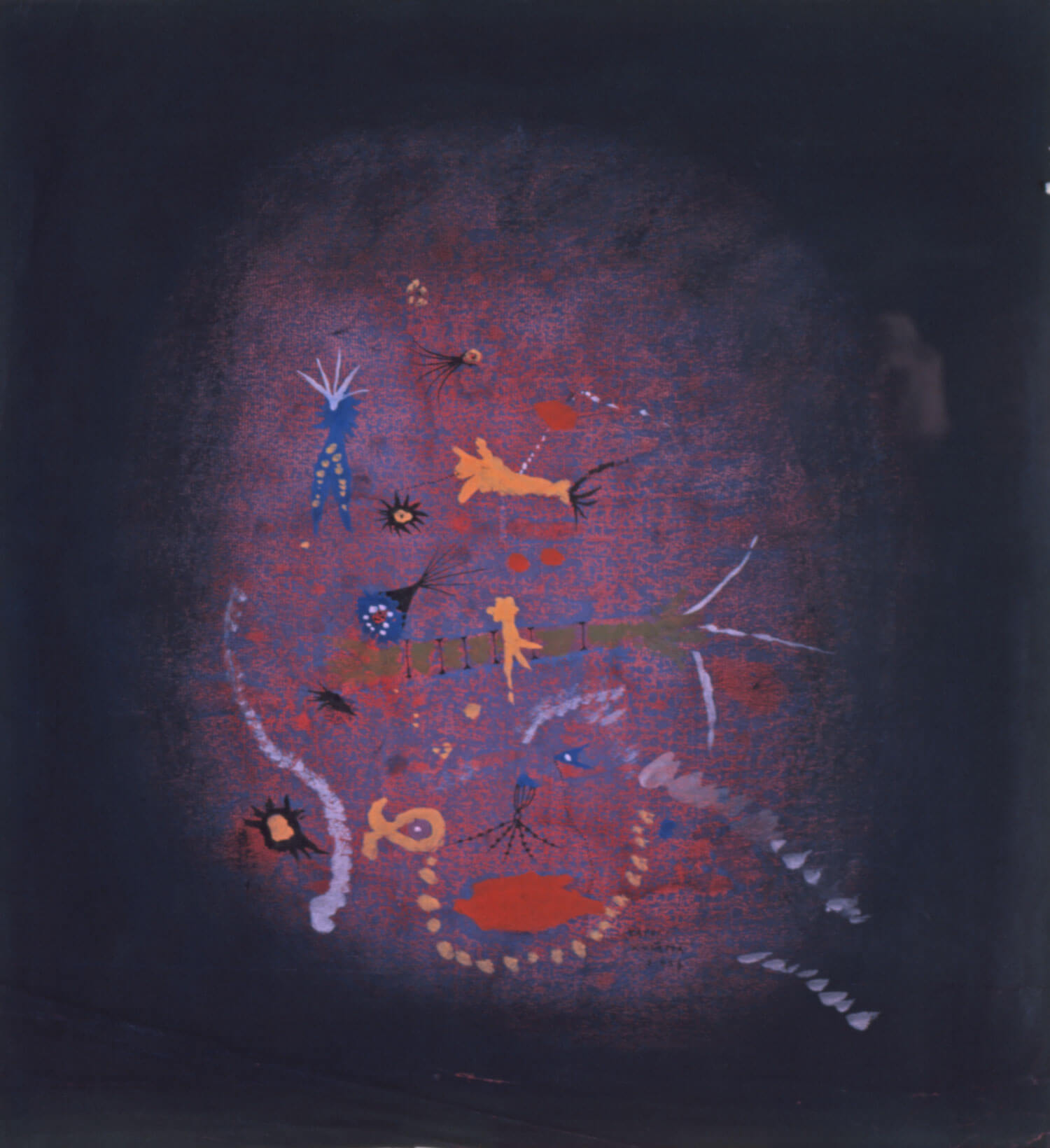
© YAYOI KUSAMA
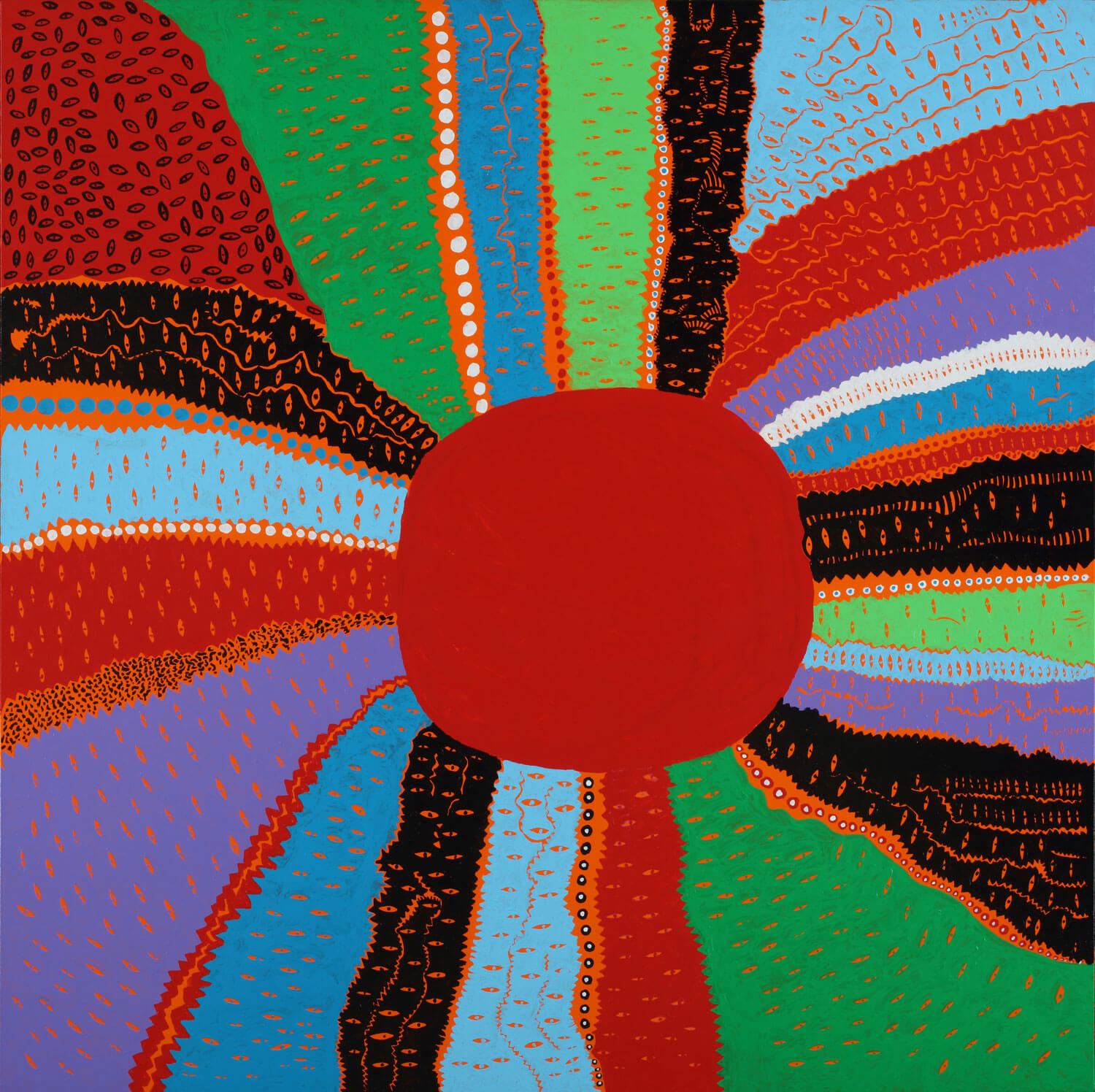
© YAYOI KUSAMA
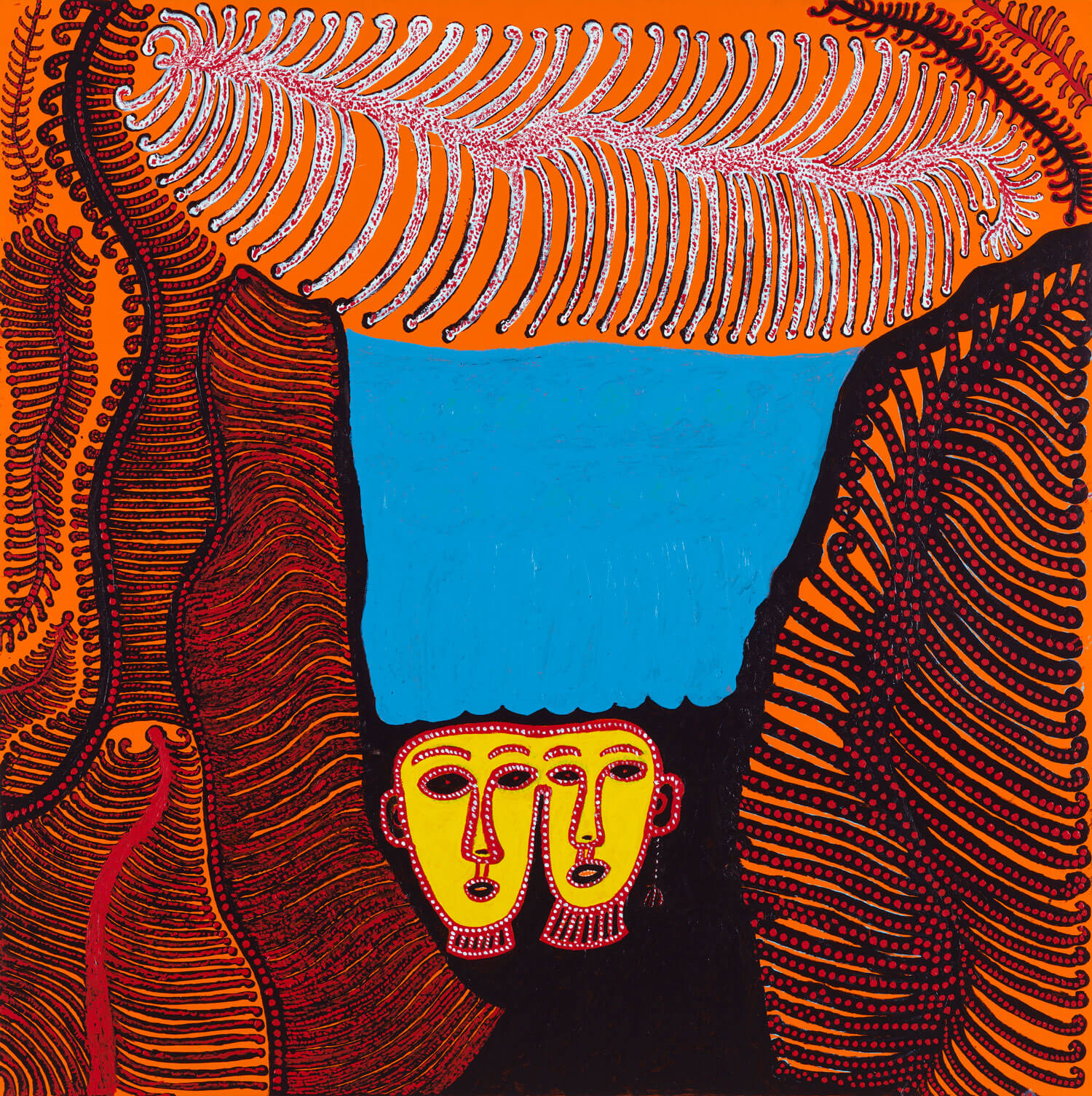
© YAYOI KUSAMA

© YAYOI KUSAMA
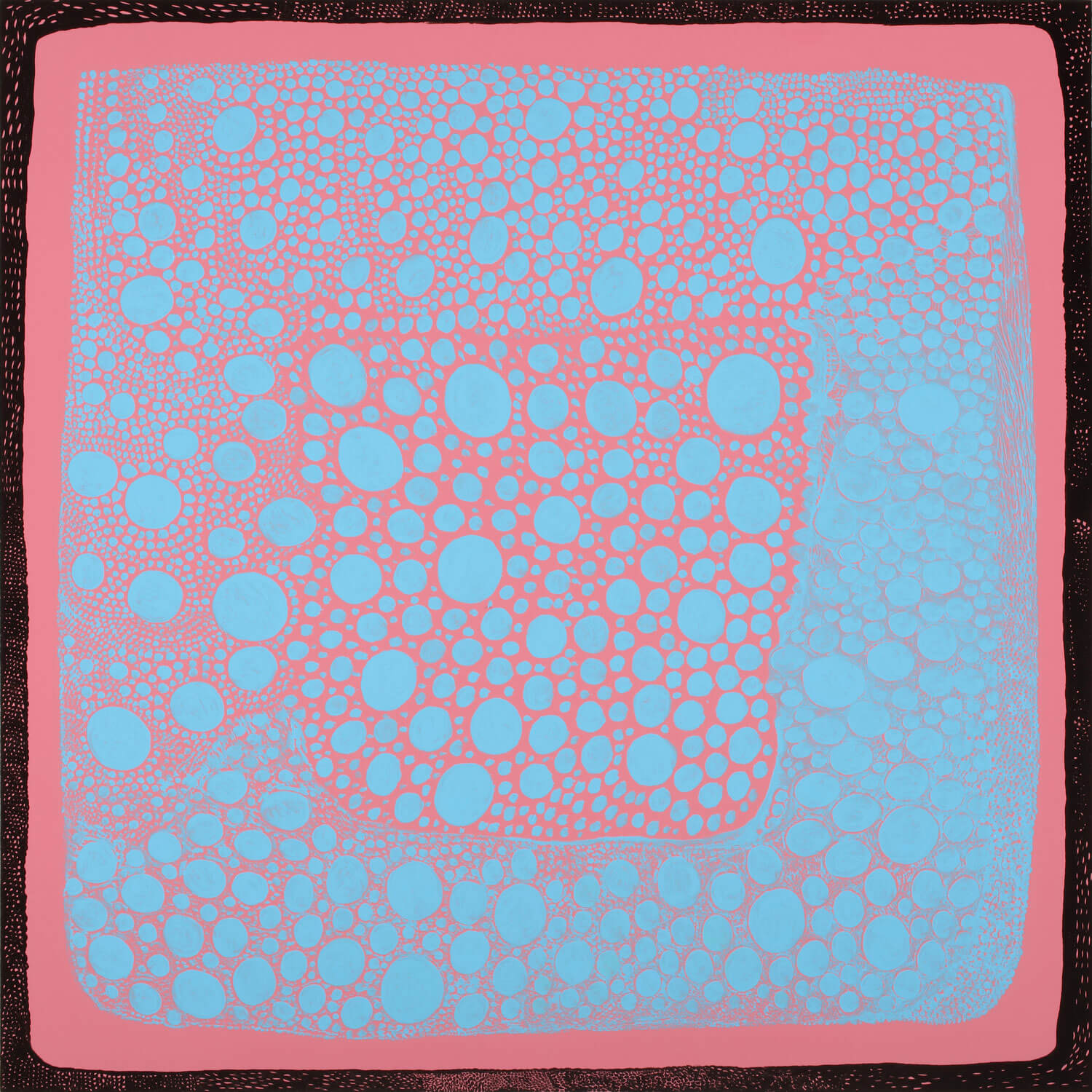
© YAYOI KUSAMA
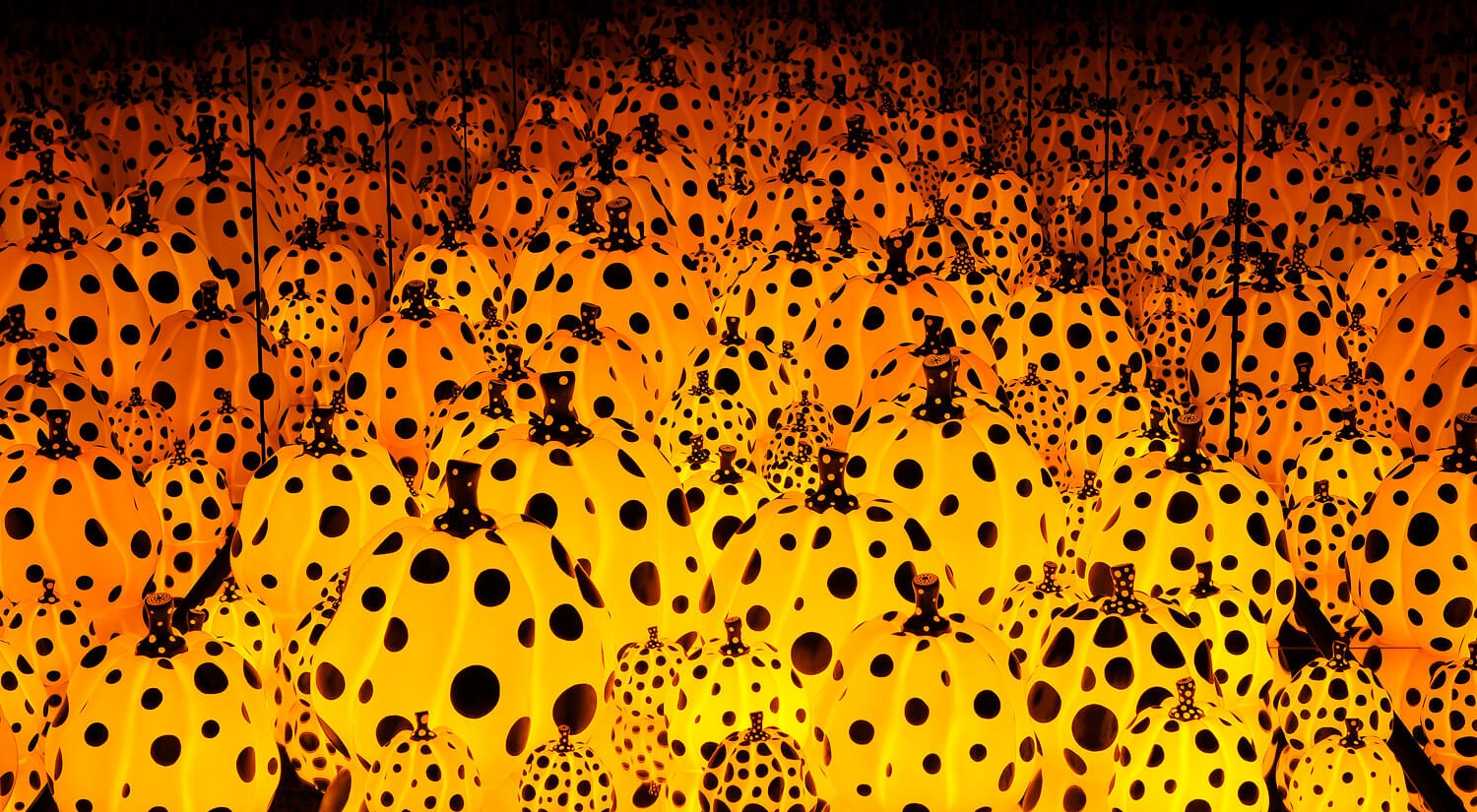
© YAYOI KUSAMA
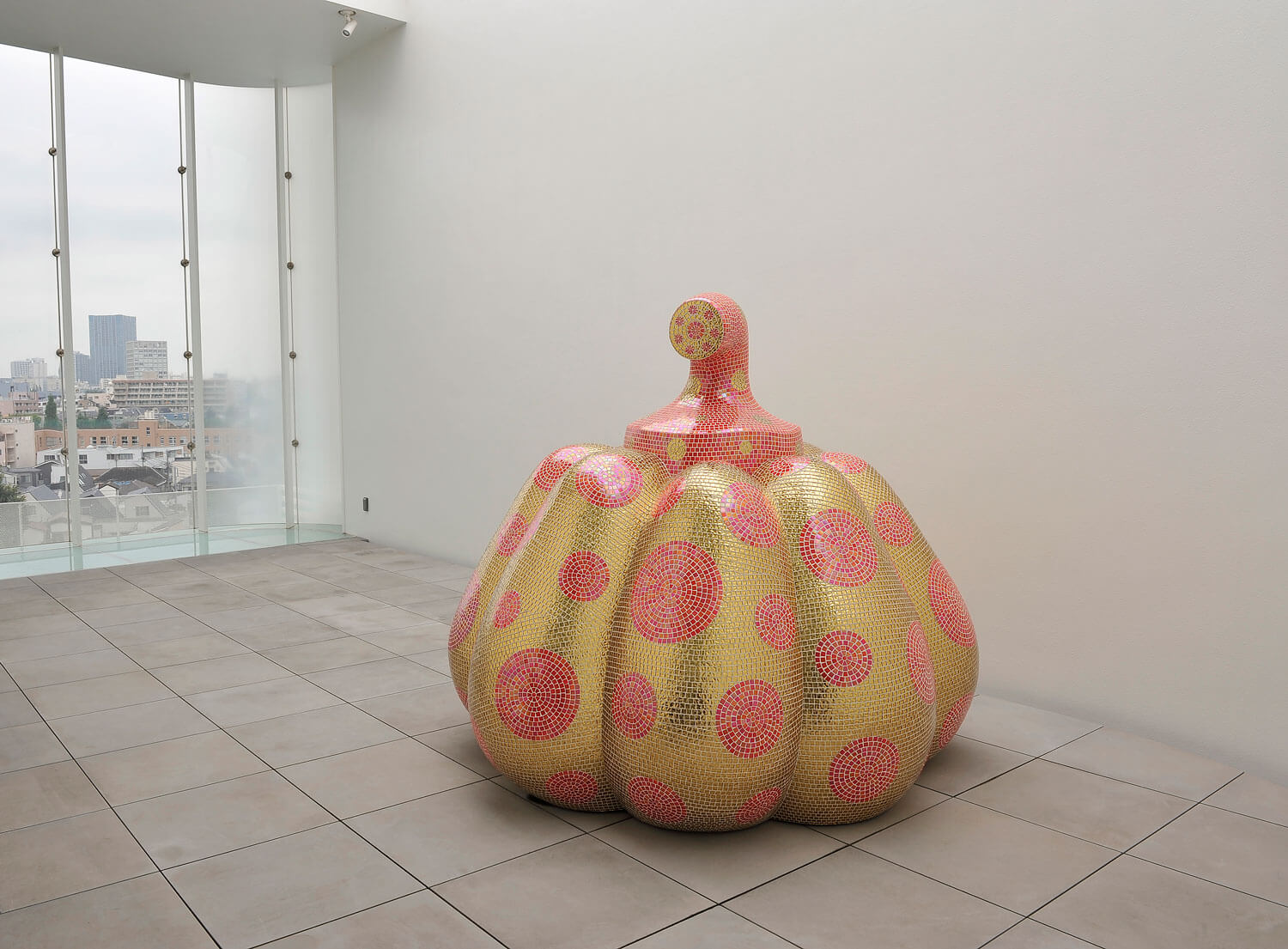
© YAYOI KUSAMA
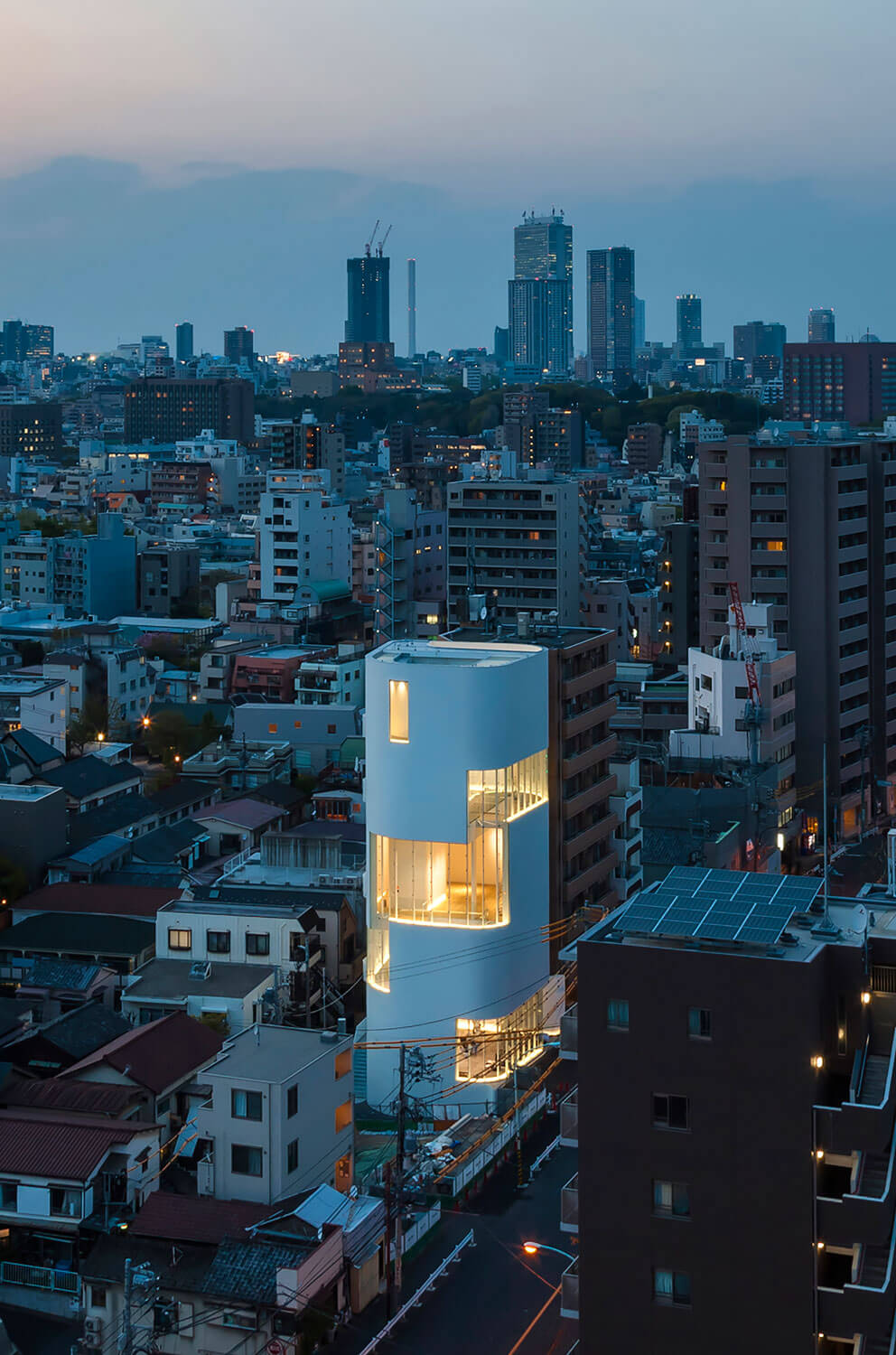
© Kawasumi-Kobayashi Kenji Photograph Office
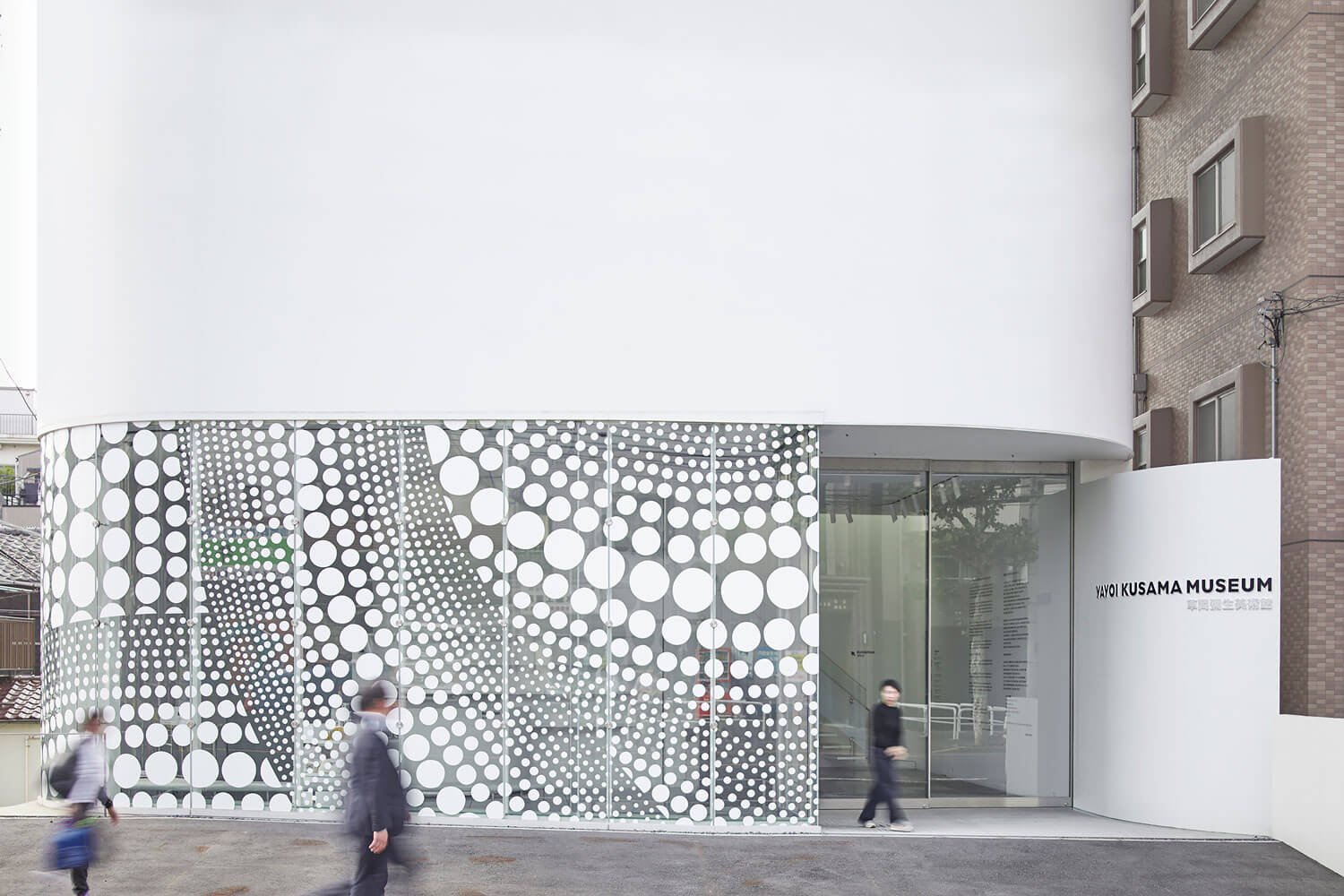
© Shintaro Ono (Nippon Design Center, Inc.)
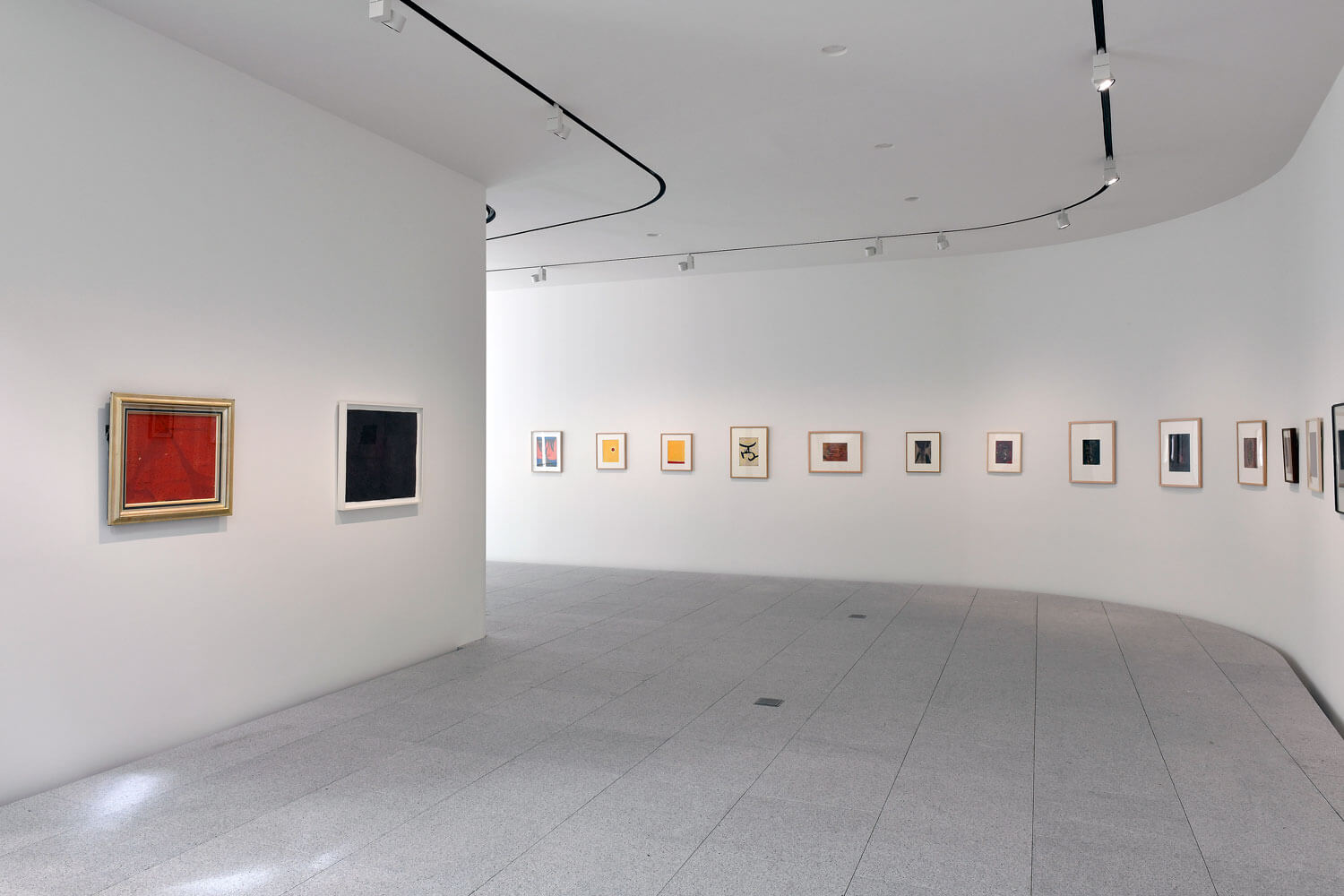
© YAYOI KUSAMA
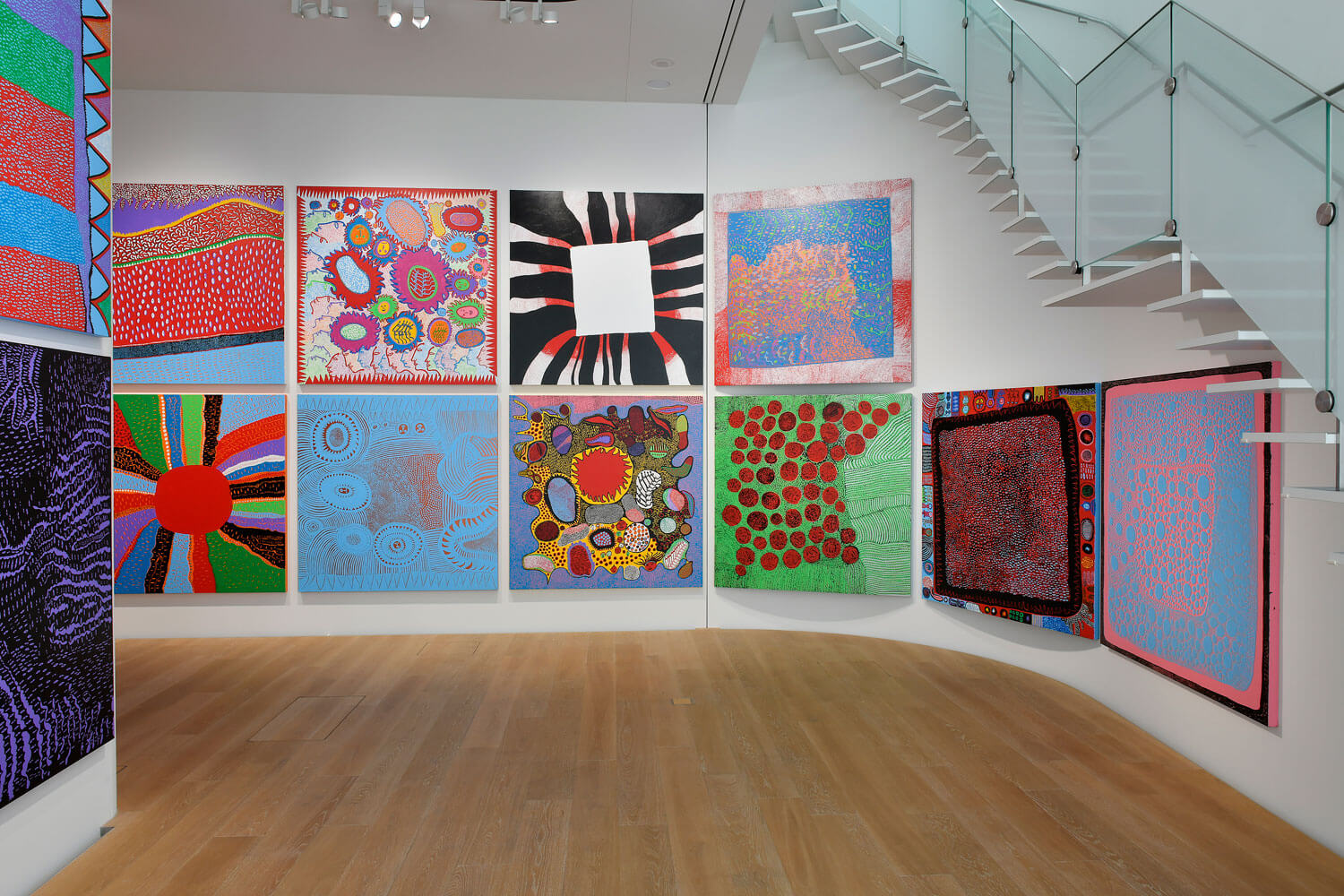
© YAYOI KUSAMA
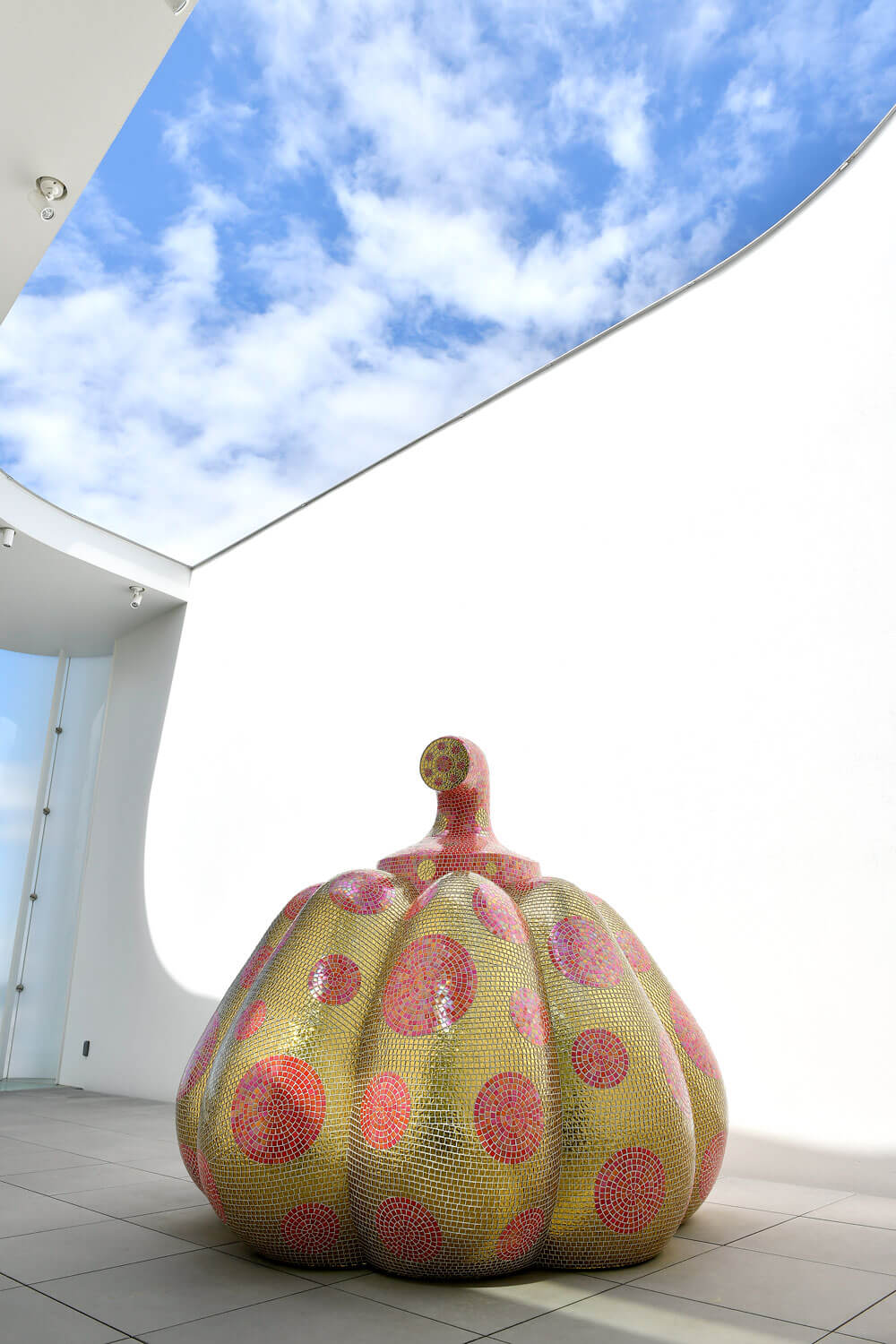
© YAYOI KUSAMA
TRENDING
-
The Tattoos that Marked the Criminals of the Edo Period
Traditional tattoos were strong signifiers; murderers had head tattoos, while theft might result in an arm tattoo.

-
The Story of Sada Yacco, the Geisha who Bewitched Europe
Described by Dazed magazine as the first beauty influencer, she has been restored to her former glory since 2019.

-
Chiharu Shiota, Red Threads of the Soul
Last year, more than 660,000 people visited the retrospective 'Chiharu Shiota: The Soul Trembles' exhibit at the Mori Art Museum.

-
Japanese Left-field Pop From The CD Age, 1989-1996
‘Heisei No Oto’, a compilation of hidden gems in the unspoken depths of Japanese pop, reveal blissful moment of technological possibility.

-
‘Shojo Tsubaki’, A Freakshow
Underground manga artist Suehiro Maruo’s infamous masterpiece canonised a historical fascination towards the erotic-grotesque genre.





